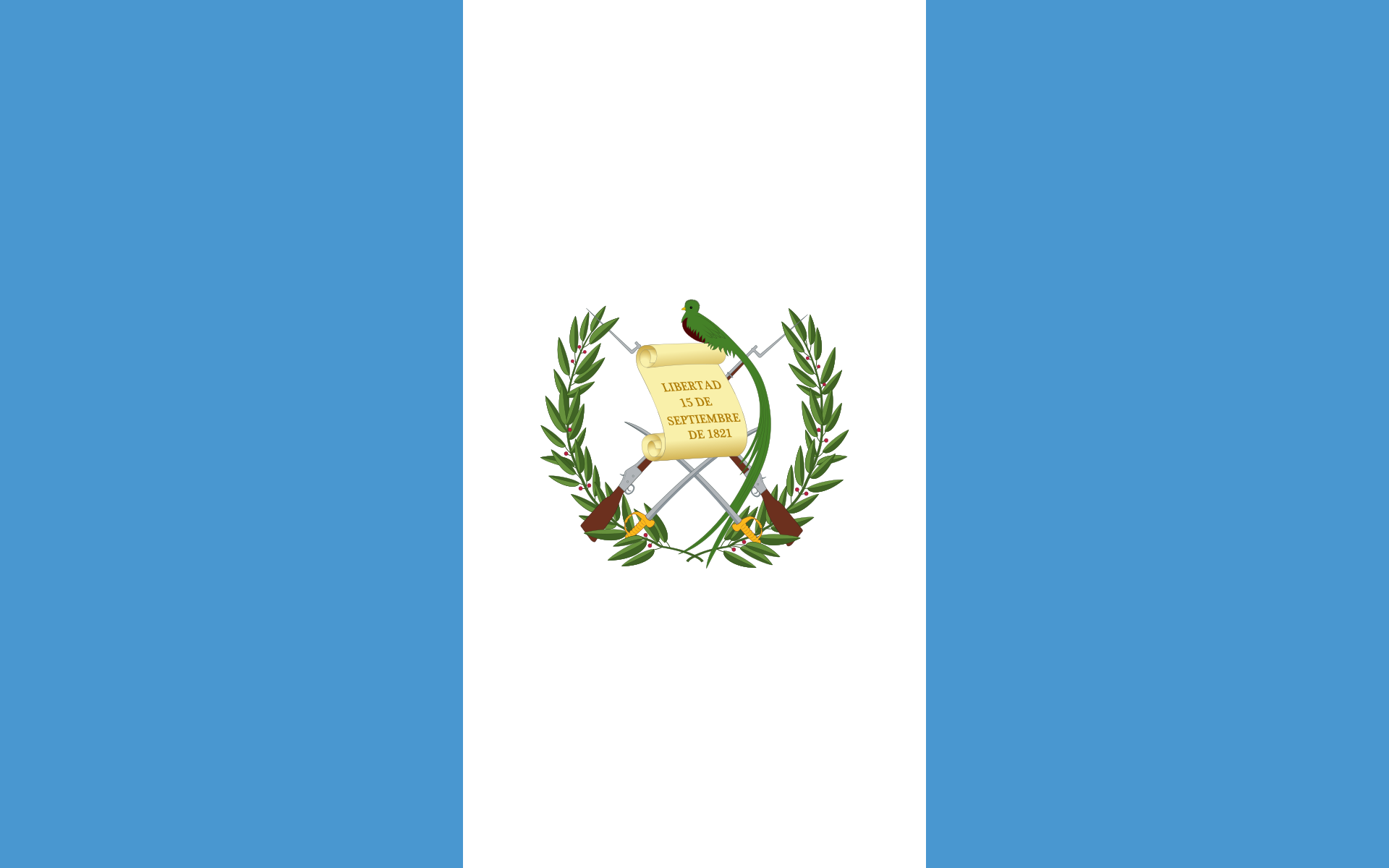At a glance
CDC works with partners in Guatemala to build sustainable public health capacity, strengthen laboratory systems and surveillance networks, deliver high-quality HIV diagnostic, treatment, and prevention services, and respond swiftly to disease outbreaks at their source, preventing health threats from reaching the U.S.

Strategic focus
Since 2003, the U.S. Centers for Disease Control and Prevention (CDC) has collaborated with Ministries of Health (MOH) to respond to the HIV epidemic the region. CDC supports countries in Central America in achieving the UNAIDS 95-95-95 HIV testing, treatment and viral load suppression targets.
Through partnership with governments, civil society, and other partners, CDC prioritizes interventions directly impacting services for PLHIV and people at greater risk of HIV. CDC supports evidence-based programs that bridge gaps in HIV prevention, case finding, early ART initiation, treatment, and viral load suppression to strengthen systems essential for a sustainable HIV response.
Read more about CDC's most recent key activities and accomplishments below.
Building public health capacity
- Introduced the Extension for Community Healthcare Outcomes (Project ECHO) model, an innovative tele-mentoring initiative. The model uses virtual trainings led by experts to train healthcare providers in delivering best-in-practice care to underserved communities in the region. Through Project ECHO, CDC created virtual communities of practice in HIV prevention, treatment, and strategic information.
- Launched the Continuous Quality Improvement Training Initiative, where participants learned to apply concepts in the clinical setting to improve HIV services.
- Established the HIV Rapid Test Continuous Quality Improvement Initiative.
- Conducted evaluations to ensure optimal program efficiency.
- Supported the MOH to enhance HIV surveillance and data analysis capabilities for improved program decision-making.
- Worked with the MOH to build local capacity to perform evaluations and ensure high-quality standards in the viral load testing process.
Strengthening laboratory systems and networks
- Improved access to HIV testing for undiagnosed PLHIV. Improvements included active case-finding and outreach strategies for people at greater risk of HIV, testing services, social network testing, enhanced testing offered by healthcare providers, self-testing, and services for mobile populations.
- Implemented HIV infection surveillance to identify active transmission areas (e.g., PLHIV infected in the past 12 months) to guide prevention and case finding strategies at the public health level.
- Evaluated the specimen referral, equipment, quality management systems, technology, information, and coverage of viral load networks.
HIV prevention and treatment
- Supported a comprehensive treatment package that included Track and Trace Pre-ART to newly diagnosed PLHIV to care. This ensured access to ART clinics, rapid ART initiation, diagnosis, management of HIV advanced disease and opportunistic infections, counseling, and follow-up.
- Promoted optimized treatment and introduced differentiated service delivery models such as pharmacy fast-track refills, multi-month prescriptions, and high viral load tracking and management.
- Supported the retention and re-engagement of PLHIV who are not in care or virally suppressed.
- Supported the increase of ART access in underserved areas of the country.
By the numbers
HIV
Estimated HIV Prevalence (Ages 15-49)
0.2% (2023)
Estimated HIV Deaths (Age≥15)
Reported Number Receiving Antiretroviral Therapy (Age≥15)
TB
Estimated TB Incidence
33/100,000 (2023)
8.1% (2023)
TB Treatment Success Rate
88% (2022)